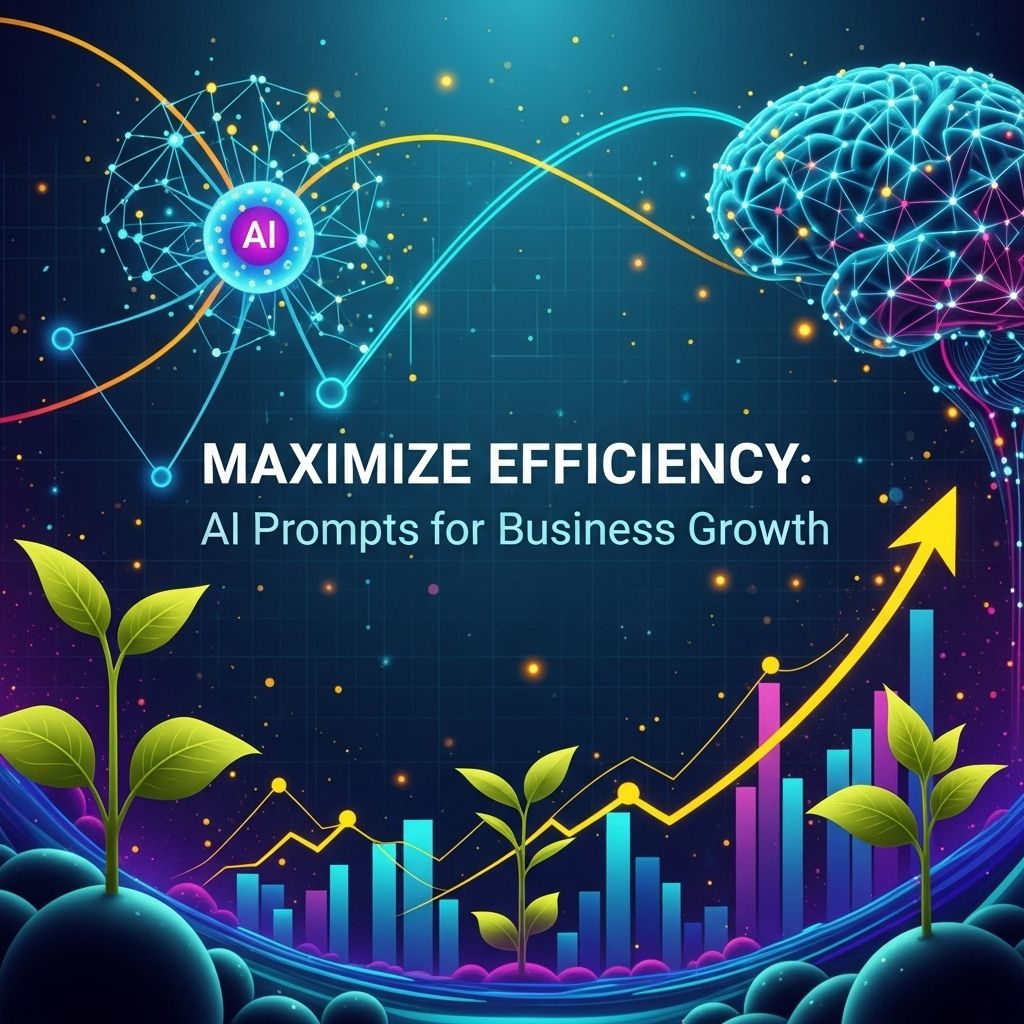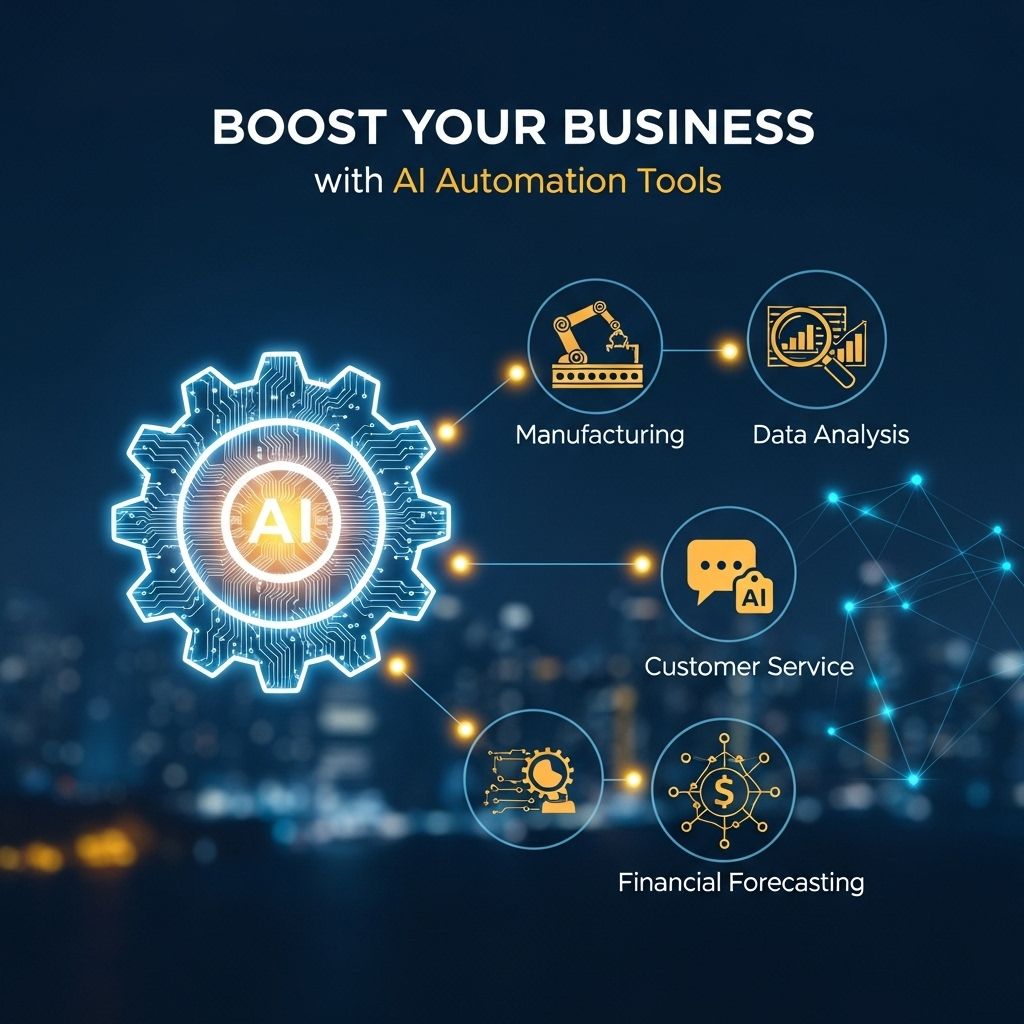In today’s fast-paced digital landscape, businesses are continuously looking for ways to innovate and improve efficiency. Low-code AI tools have emerged as a transformative force, enabling organizations to develop and deploy applications with minimal coding effort. These tools not only democratize the software development process but also empower employees across various departments to leverage artificial intelligence for their unique needs. This article explores the benefits, features, and practical applications of low-code AI tools in modern business.
Understanding Low-Code AI Tools
Low-code AI tools simplify the application development process by providing a user-friendly interface that allows users to create applications with little to no programming knowledge. These platforms typically feature drag-and-drop functionalities, pre-built templates, and built-in AI capabilities, making it easier for businesses to adopt artificial intelligence without the need for extensive technical expertise.
Key Features of Low-Code AI Tools
- Visual Development Interface: Users can design applications visually, which accelerates the creation process and reduces errors associated with manual coding.
- Pre-Built AI Models: Many platforms come with pre-trained AI models for tasks such as image recognition, natural language processing, and predictive analytics, enabling rapid deployment.
- Integration Capabilities: Low-code platforms often provide easy integration with existing systems and third-party services, enhancing their functionality.
- Collaboration Tools: These tools facilitate teamwork by allowing multiple users to work on the same project simultaneously, promoting cross-functional collaboration.
Benefits of Implementing Low-Code AI Solutions
Implementing low-code AI tools offers a plethora of benefits that can significantly enhance business operations:
1. Accelerated Development Time
With low-code platforms, businesses can drastically reduce the time required to create and deploy applications. By streamlining the development process, organizations can respond more quickly to market demands and customer needs.
2. Cost Efficiency
Low-code AI tools reduce the reliance on specialized programming skills, allowing businesses to utilize existing personnel. This leads to lower labor costs and faster project turnaround times.
3. Enhanced Agility
The rapid iteration capabilities of low-code platforms enable businesses to make adjustments and improvements on-the-fly, ensuring their applications remain relevant and effective.
4. Empowerment of Non-Technical Staff
Employees from various departments can participate in the app development process, fostering a culture of innovation and enabling them to create solutions tailored to their specific needs.
Practical Applications of Low-Code AI Tools
Low-code AI tools can be applied across various sectors and use cases:
1. Customer Relationship Management (CRM)
Businesses can build custom CRM solutions that include AI-driven analytics for better customer insights. For example:
| Feature | Benefit |
|---|---|
| Automated Lead Scoring | Prioritize high-value leads for sales teams. |
| Personalized Marketing Campaigns | Increase engagement by targeting customers based on behavior. |
| Sentiment Analysis | Understand customer sentiment through AI-driven feedback analysis. |
2. Human Resources
Low-code AI tools can streamline HR processes, such as:
- Automating Recruitment: Deploy AI chatbots to screen candidates.
- Employee Onboarding: Create customized onboarding workflows.
- Performance Tracking: Implement AI tools to analyze employee performance metrics.
3. Operations and Supply Chain
Efficiency improvements can be achieved by:
- Predictive Maintenance: Use AI to foresee equipment failures and schedule maintenance.
- Inventory Management: Develop systems to optimize stock levels based on predictive analytics.
- Logistics Optimization: Implement route optimization algorithms for delivery efficiency.
Choosing the Right Low-Code AI Tool
When selecting a low-code AI platform, businesses should consider several factors:
1. Ease of Use
The platform should have an intuitive interface that allows users of varying technical backgrounds to operate efficiently.
2. Scalability
As the business grows, the chosen tool must be able to handle increased demands and integrate new features seamlessly.
3. Community and Support
A robust support system and active community can significantly enhance the user experience, providing resources for troubleshooting and best practices.
4. Security Features
Security is paramount when dealing with sensitive data; therefore, the platform must comply with industry standards and offer robust security measures.
Conclusion
Low-code AI tools are revolutionizing the way businesses operate, allowing organizations to harness the power of artificial intelligence without the need for extensive programming knowledge. By streamlining development processes, reducing costs, and improving agility, these tools empower non-technical users to contribute to innovation and efficiency. As businesses continue to navigate a rapidly changing landscape, adopting low-code AI solutions will be crucial in maintaining a competitive edge.
FAQ
What are low-code AI tools?
Low-code AI tools are software development platforms that allow users to create applications with minimal coding, leveraging artificial intelligence to enhance functionalities.
How can low-code AI tools benefit my business?
Low-code AI tools can streamline processes, reduce development time, and empower non-technical users to build applications, ultimately increasing productivity and innovation.
Are low-code AI tools suitable for small businesses?
Yes, low-code AI tools are particularly beneficial for small businesses as they offer an affordable way to implement AI solutions without the need for extensive technical resources.
What types of applications can be built with low-code AI tools?
With low-code AI tools, businesses can create a variety of applications, including customer relationship management systems, data analysis tools, and automated workflows.
Do I need coding skills to use low-code AI tools?
No, low-code AI tools are designed for users with little to no coding experience, allowing them to create applications through visual interfaces and drag-and-drop features.
What are some examples of low-code AI platforms?
Popular low-code AI platforms include Microsoft Power Apps, Mendix, and OutSystems, which offer various features to help businesses harness AI effectively.




